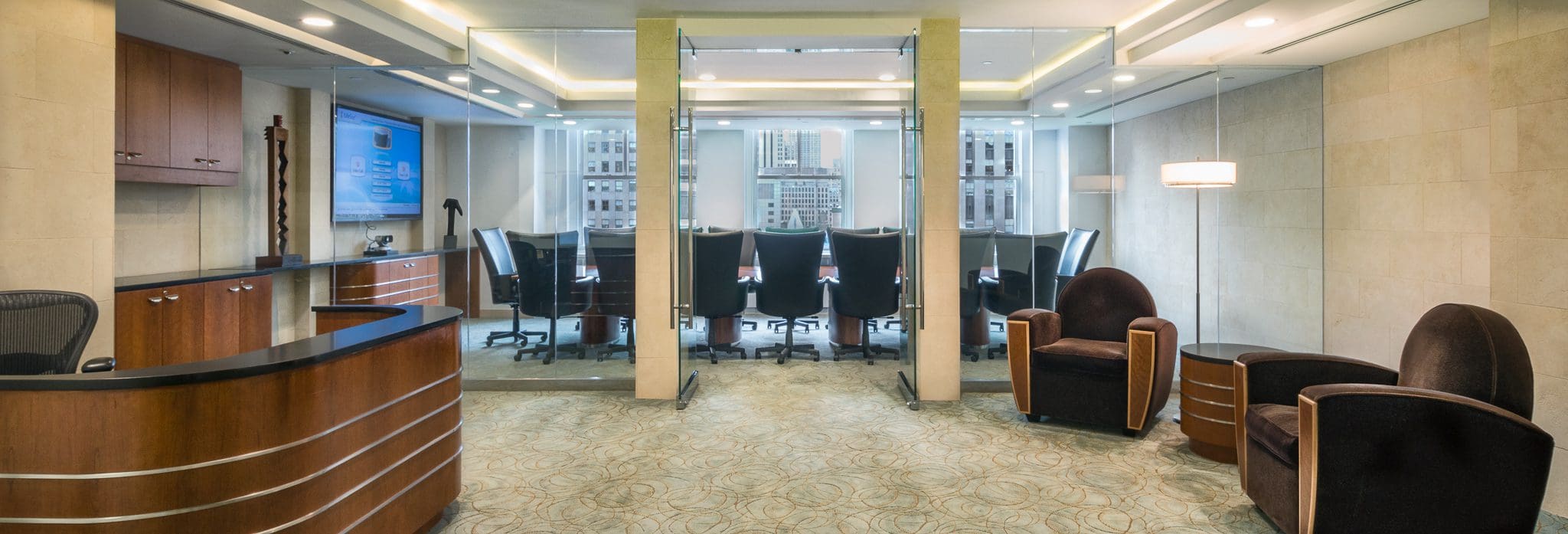The History of Rockefeller Center Office Space
The History of Rockefeller Center Office Space
Originally, the land now known as Rockefeller Center, was a botanical garden, named Elgin Gardens. The gardens were managed by David Hosack, a prominent physician in the early 1800’s. In 1905, the land came under ownership of Columbia University.
Columbia leased the plot to Rockefeller for 87 years at a cost of $3 million per year. In 1928, John Rockefeller purchased the land from Columbia University for $100 million. Rockefeller hired three architectural firms to design the site as an opera house. These plans were put off by the opera’s continual delays to hold out for a better lease. After the stock market crash of 1929, the Metropolitan Opera could not afford the space anymore. On December 6, 1929, the plans for the new opera house were abandoned.
After the Opera’s withdrawal from the project, Rockefeller entered into negotiations with the Radio Corporation of America (RCA) to build a media complex on the site. That year, Rockefeller announced plans for a $250 million “Radio City.” During early planning, the development was often referred to as “Radio City”. Before the announcement that the development would include a mass media complex, there were also other appellations such as “Rockefeller City” and “Metropolitan Square.” Ivy Lee, the Rockefeller family’s publicity adviser, suggested changing the name to “Rockefeller Center”. John Rockefeller Jr. initially did not want the Rockefeller family name associated with the commercial project, but was persuaded on the grounds that the name would attract far more tenants.
Rockefeller Center Office Space
By 1937, eleven buildings had been completed. They were the International Building; the four small International-themed buildings; the RKO Building; the Center Theatre; the Music Hall; the RCA Building and its western extension; and 1 Rockefeller Plaza. In July 1937, Rockefeller approved the construction of the last three buildings at a cost of $12 million. The construction of the project employed over 40,000 people. The complex was the largest private building project ever undertaken in contemporary times.






